Entheogens
Naturally Occurring & Synthetic Psychedelics
Psychedelics can be divided into two groups: naturally occurring and synthetic compounds.
Naturally occurring or “classic” psychedelics are substances that affect the brain’s serotonin system by binding to the serotonin 2A (5-HT2A) receptor, such as psilocybin mushrooms, DMT, ayahuasca, 5-MeO-DMT, cannabis, mescaline, and ibogaine.
Naturally occurring psychedelics can be used in a variety of ways and prepared in several different forms. For centuries, many of these substances have been used in religious and spiritual rituals by indigenous tribes. In more recent years, they have been the focus of scientific studies and have been granted breakthrough therapy status for conditions such as major depressive disorder (MDD) and treatment-resistant depression.
Psilocybin Mushrooms
Psilocybin mushrooms are non-addictive, non-toxic psychoactive mushrooms that can cause mystic-type psychedelic experiences and induce introspection and personal growth. There are over 150 species (Psilocybe cubensis being the most popular in Western culture) that belong to the Psilocybe genus, and humans have been experimenting with some form of these psychedelic mushrooms since as far back as 9000-7000 BCE. Based on Mesoamerican rock and cave art, researchers determined that psilocybin mushrooms were primarily used for religious ceremonies and rituals, similar to the one Gordon R. Wasson— the man who introduced psilocybin mushrooms to the world— experienced with world famous shaman Maria Sabina. In 1955, Wasson and photographer Allen Richardson traveled to Sabina’s small home town in the Sierra Mazateca area of Oaxaca, Mexico, where the shaman led a psilocybin mushroom ritual that Wasson participated in.
Two years later, Wasson published a photo essay in Life Magazine, “Seeking the Magic Mushroom,” and coined the term “magic mushrooms” in the process. It featured photos by Richardson and illustrations of various mushrooms that belong to the Psilocybe genus. Wasson’s essay, a first person account of his profound experience on psilocybin mushrooms, emphasizes the cultural significance of the mushroom within the native community and describes the ways in which they physically and mentally heal people. His essay helped generate studies on the therapeutic benefits of psilocybin mushrooms, and influenced psychedelic advocates Timothy Leary and Terrance McKenna, authors Aldous Huxley and Ken Kesey, musicians and bands such as The Doors and Jimi Hendrix, and music festivals like the Human Be-In and Woodstock.
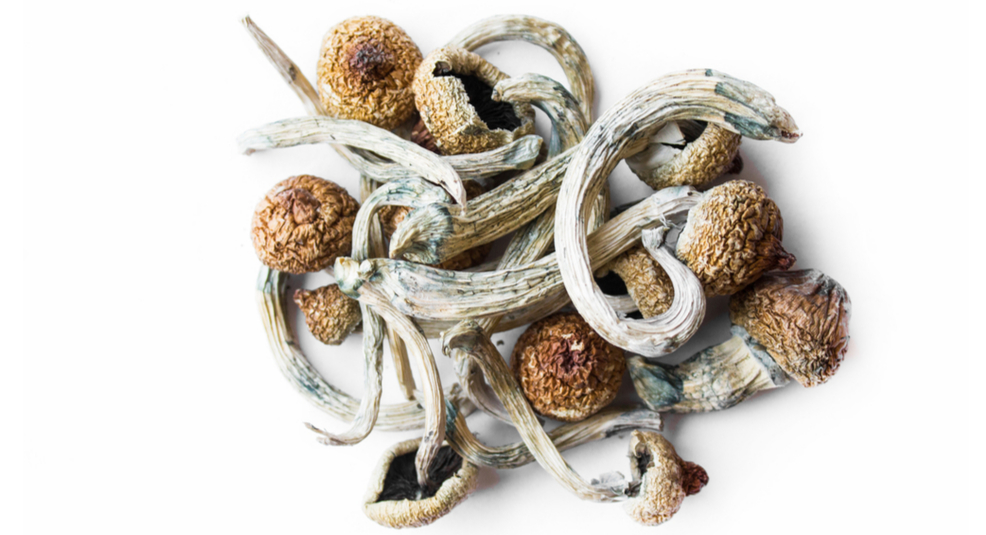
With the political and governmental response to widespread use by hippies and social outcasts, psilocybin mushrooms were classified as a Schedule I substance in 1971, effectively ending promising research and studies being conducted during the time. Today, despite the bureaucratic hoops institutions and organizations must jump through, many of these studies have reemerged. Research shows that these mushrooms can help treat a number of medical conditions and may be more effective than pharmaceuticals. They have even been granted breakthrough therapy status by the FDA for their help in treating multiple symptoms of severe depression. Although cultivation and possession of psilocybin mushrooms is illegal in almost every country, years of constant advocacy and successful studies help make psilocybin-assisted and integrated therapy a reality in the near future.
Cannabis
Cannabis is another naturally occurring psychedelic, but it functions differently than the others, as it is the only known source of delta-9-tetrahydrocannabinol (THC) and cannabidiol (CBD) among other cannabinoids. There are two receptors most clearly involved in the action of cannabis: cannabinoid receptors 1 and 2 (CB1 and CB2). Whereas CB1 receptors are found in the central nervous system (CNS), CB2 receptors are found in the immune system.
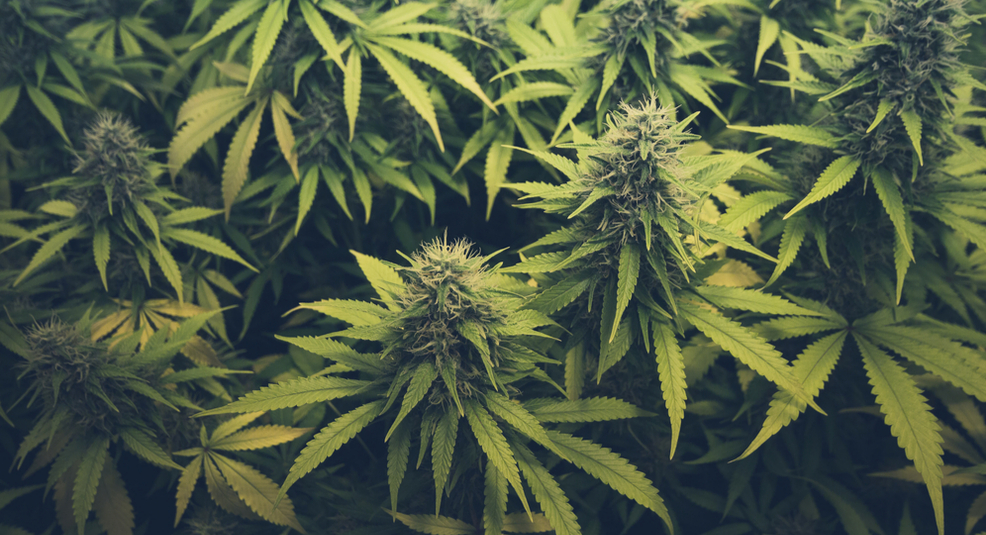
The CB1 and CB2 receptors are normally activated by endocannabinoids (cannabinoids produced naturally by the body). The endocannabinoid system (ECS) has been intimately involved in the evolution of almost all life on earth and regulates sleep, memory, moods, and reproduction in the human body. Endocannabinoids metabolize faster than phytocannabinoids (cannabinoids produced by plants), which allows compounds like THC to interact with a larger number of receptors. Once THC is in the body, it interacts with the ECS just as endocannabinoids do. Though researchers are not entirely sure how the ECS works, it is curious for a plant to produce cannabinoids in significant enough quantities to interact with an innate metabolic system present in almost every branch of the animal kingdom.
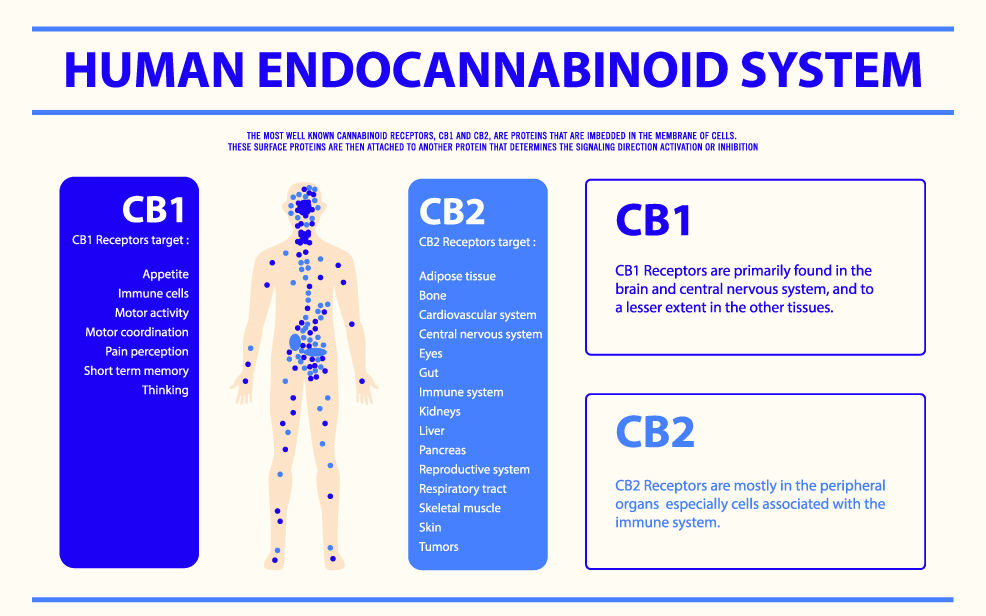
tryptamines and phenethylamines
Unlike naturally occurring psychedelics, synthetic chemicals are artificially constructed psychedelics that are made in laboratories, usually based on the chemical framework of naturally occurring compounds. Synthetic chemicals or “modern psychedelics,” such as LSD and MDMA target different areas of the brain but are known to have psychoactive properties that produce some psychedelic effects. LSD is particularly unique because, unlike most serotonergic psychedelics, it has the extremely high affinity to affect dopamine and norepinephrine receptors.
Most of these substances can be divided into two categories: tryptamines and phenethylamines. Tryptamine compounds consist of a double indole ring structure and side monoamine chain. The tryptamine family includes a variety of hallucinogenic and psychedelic substances. Some of the most common tryptamine compounds are serotonin, melatonin, psilocybin, and DMT. Tryptamines are decarboxylated metabolites of the archaic amino acid tryptophan, the compound responsible for the production and maintenance of the body’s proteins, muscles, enzymes, and neurotransmitters. In fact, the structural similarity is what allows psychedelics to interact with the same receptor sites within the brain where serotonin binds.
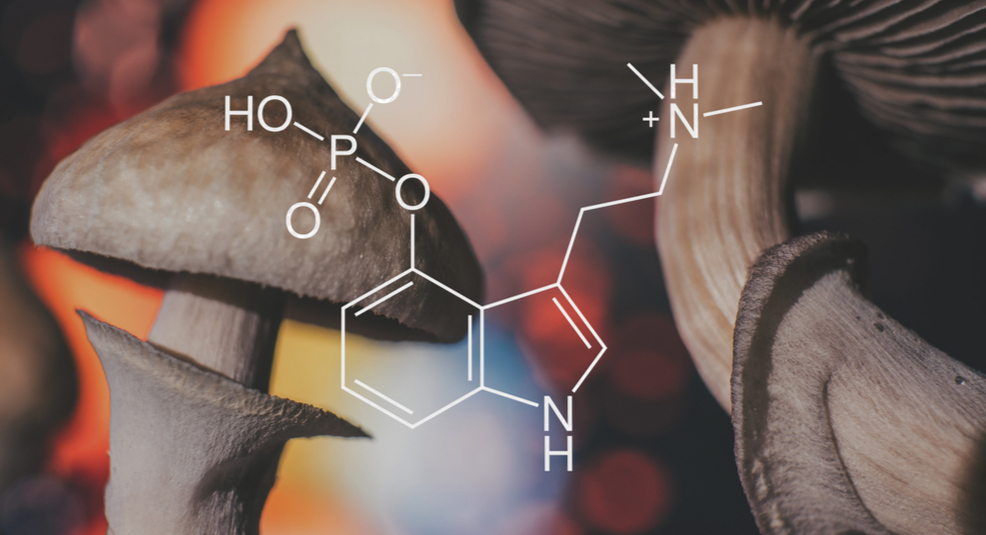
Phenethylamine compounds consist of a single phenyl ring structure and monoamine side chain. Phenethylamines may be naturally occurring, such as mescaline, while other compounds, such as MDMA, are synthetic. The 2C series created by Alexander Shulgin is a family of psychedelics that also belongs to the phenethylamine class. Adrenaline, dopamine, norepinephrine, and other neurotransmitters are also considered phenethylamines. When orally ingested, phenethylamine is metabolized by monoamine oxidase B (MAO-B) and aldehyde dehydrogenase (ALDH) before it is metabolized again into phenylacetic acid.
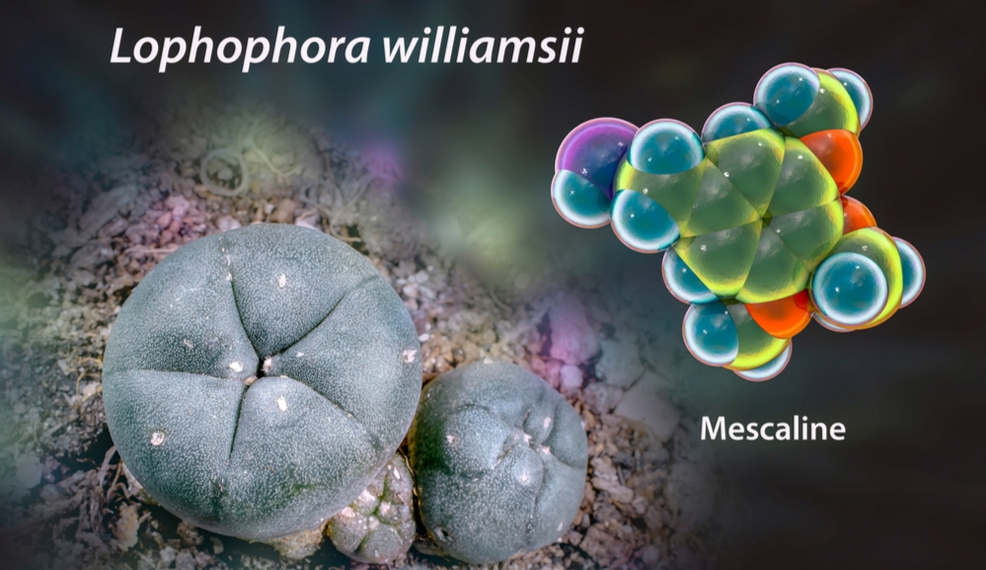
For decades, researchers and scientists have been experimenting with these substances in an effort to find holistic remedies and other alternative medicines. This has been particularly useful for treatment-resistant patients who suffer from psychological disorders like depression or anxiety, or from medical conditions such as obsessive-compulsive disorder (OCD) and cluster headaches. Along with integrated therapy, these substances have also been known to help people heal from personal trauma and have aided in the treatment of drug and alcohol addiction. Though these substances have been proven to possess great healing properties, both psychological and physiological, modern research and clinical trials are still in their infancy.